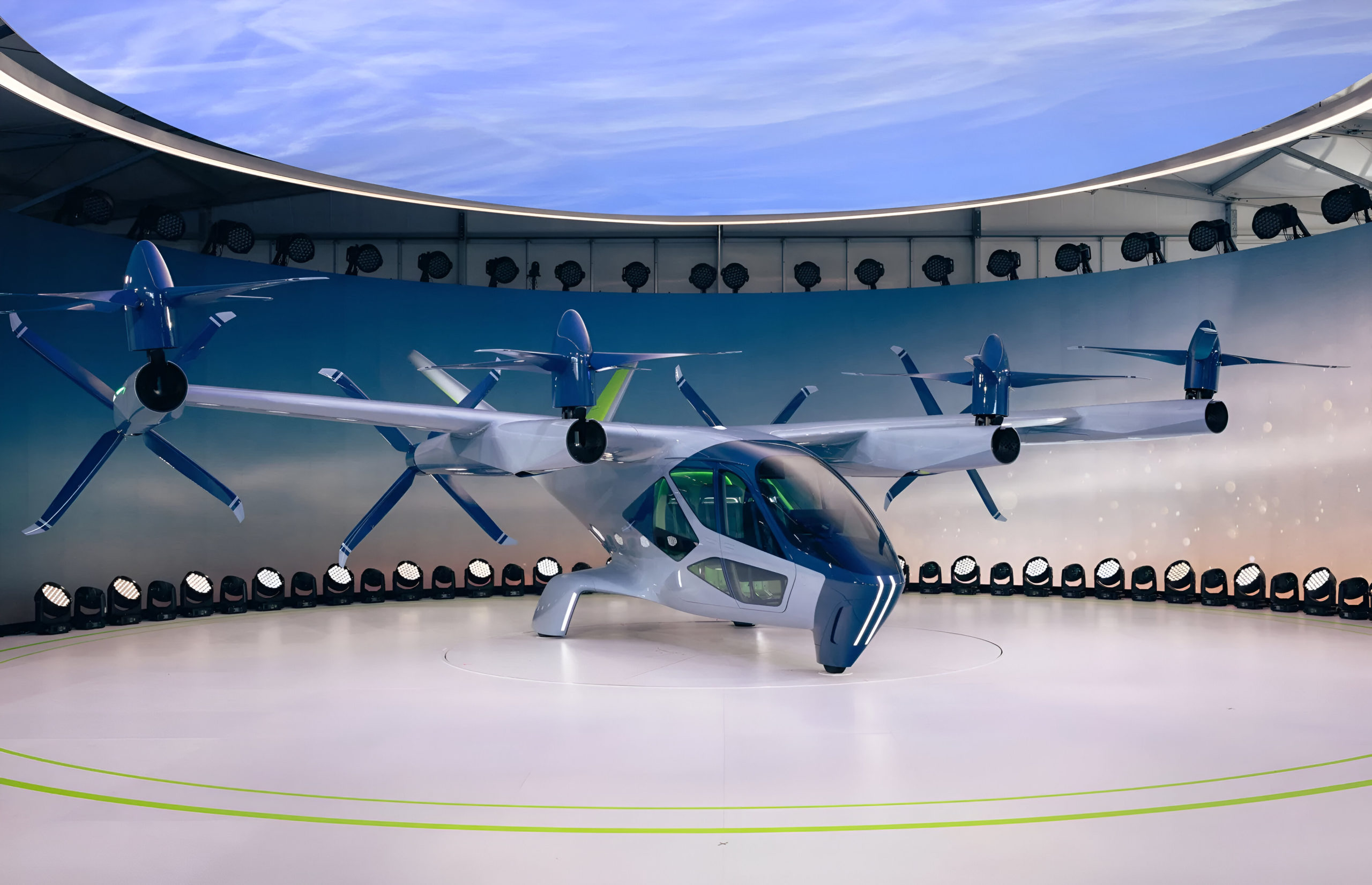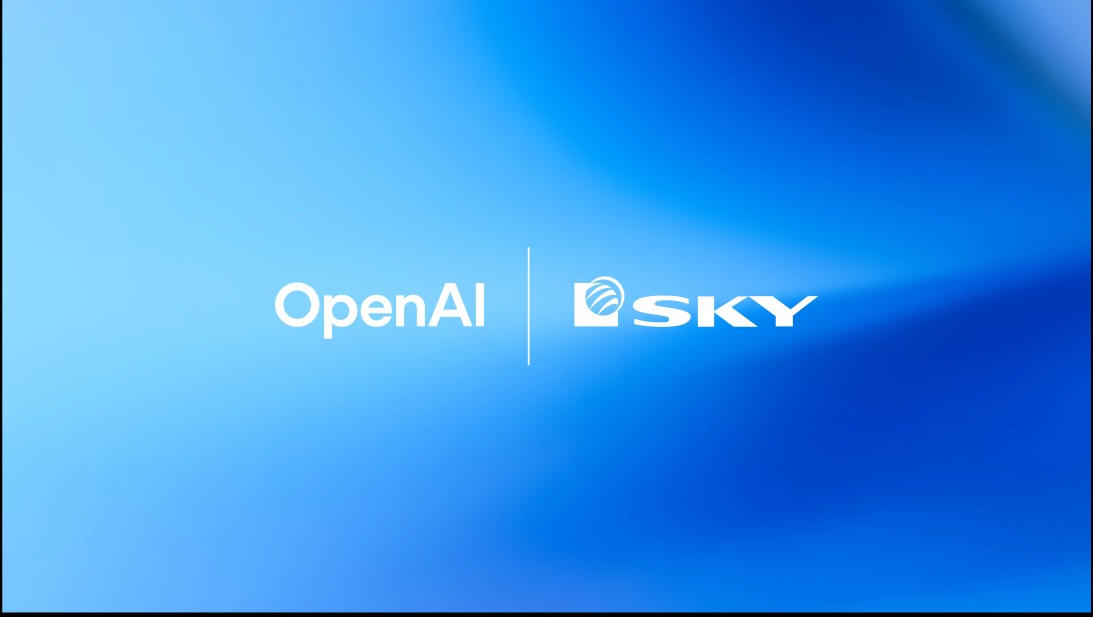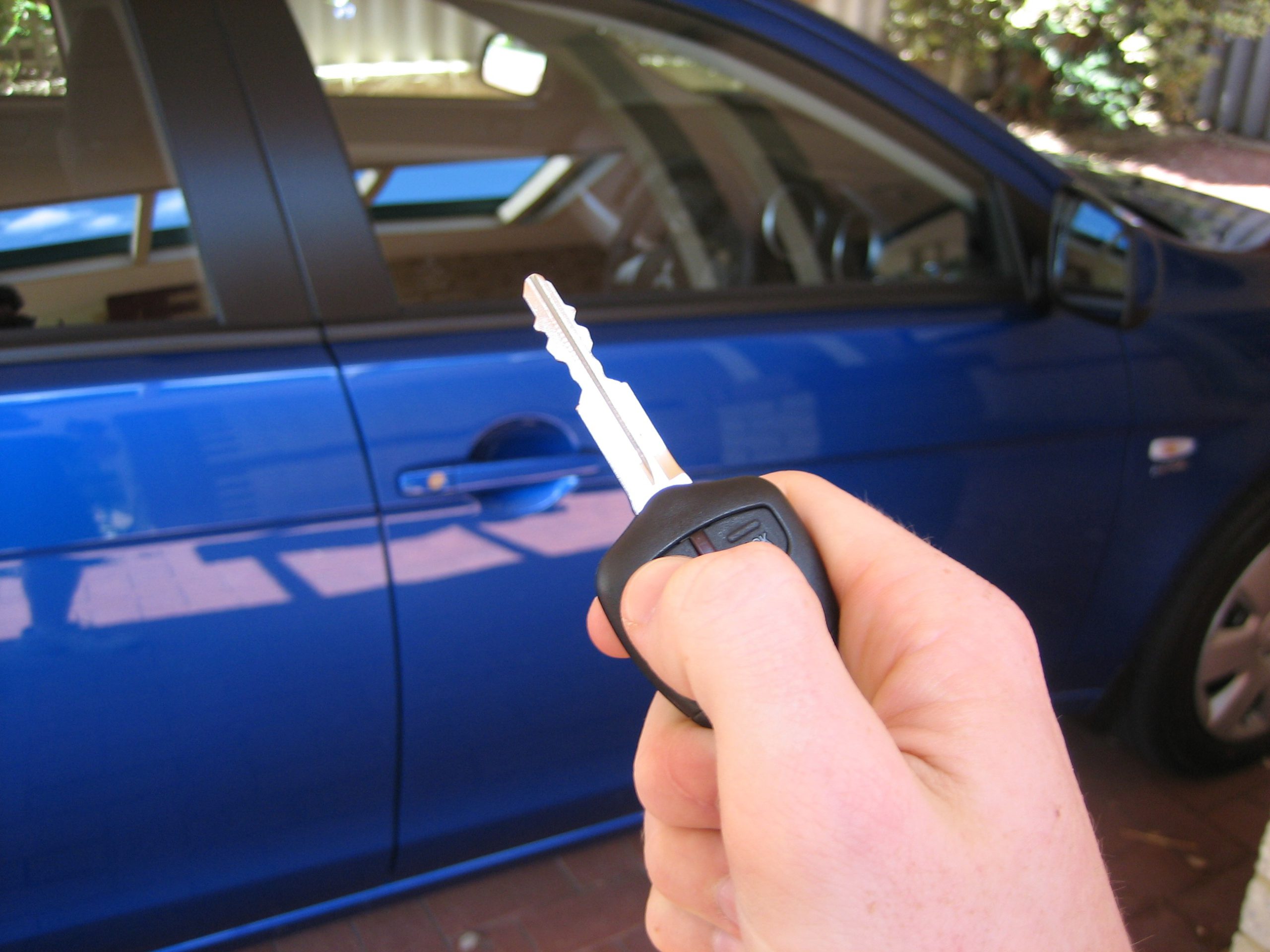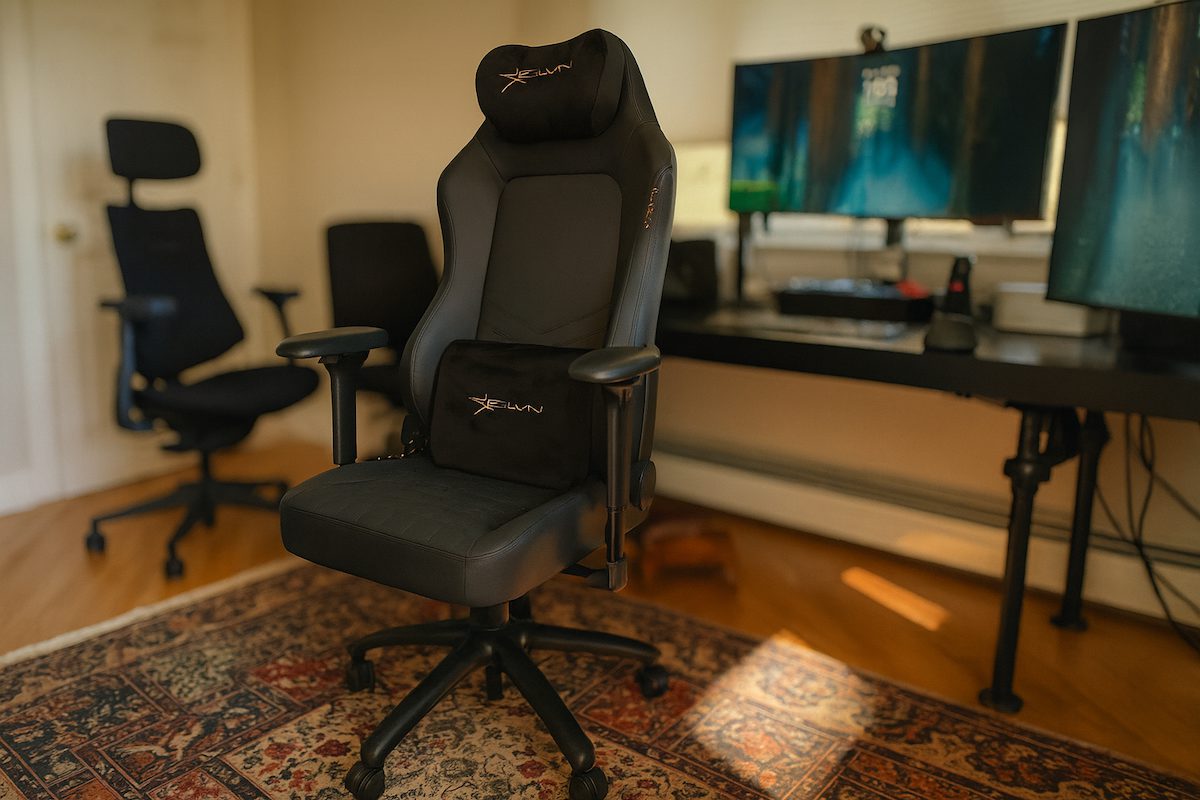The aviation industry stands on the brink of a revolutionary transformation with the emergence of electric vertical takeoff and landing (eVTOL) aircraft. Among the frontrunners in this exciting space is Supernal, a wholly-owned subsidiary of South Korea’s Hyundai Motor Group, which has recently achieved a significant milestone in its journey to bring urban air mobility to reality. This presentation explores Supernal’s groundbreaking S-A2 eVTOL aircraft, its first successful test flight, the collaborative partnerships driving its development, and the ambitious certification timeline that could see these air taxis operating in our skies by the end of the decade.
First flight success

In a remarkable achievement that remained under wraps for over a month, Supernal has confirmed that a full-scale technology demonstrator of their S-A2 eVTOL aircraft completed its first flight on March 1. This tethered flight represents a crucial milestone in the company’s extensive efforts to design, build, integrate, and test a full-scale, four-passenger aircraft capable of revolutionizing urban transportation.
While many eVTOL companies announce test flights with considerable fanfare, Supernal took a more reserved approach, only acknowledging this achievement when directly questioned by aviation industry reporters. This understated response reflects the company’s focus on methodical development rather than publicity, emphasizing substance over spectacle in their journey toward certification.
The successful first flight marks just the beginning of Supernal’s testing program. As the company stated, this represents “the first of numerous testing milestones in Supernal’s journey to certify and deliver its commercial eVTOL product, S-A2, to operator customers later this decade.” The team will continue refining their test methods to ensure the success of both the prototype and future production vehicles.
Strategic partnerships

The development of next-generation aircraft requires collaboration across multiple specialized domains, and Supernal has assembled an impressive network of strategic partners to bring the S-A2 to life. Most notably, GKN Aerospace has provided over 70% of the airframe for the technology demonstrator that has now begun flight testing, including the critical wing components and electrical wiring systems.
GKN Aerospace’s contributions extend beyond manufacturing to include design responsibilities for the aircraft’s aerostructures. This partnership leverages GKN’s extensive experience in aerospace engineering while allowing Supernal to benefit from its expertise. It’s worth noting that GKN has established itself as a key player in the eVTOL industry, forming similar partnerships with other developers, including Archer’s eVTOL Network, Joby, and Vertical Aerospace.
Beyond manufacturing partners, Supernal recently announced CHC Helicopter as the latest addition to its network of program collaborators. This partnership focuses on preparing for various advanced air mobility use cases, suggesting that Supernal is already looking ahead to the operational integration of their aircraft into existing aviation ecosystems. These strategic alliances demonstrate Supernal’s comprehensive approach to not just building an aircraft but creating an entire air mobility solution.
Certification roadmap

With a clear vision for the future, Supernal has established an ambitious timeline for bringing its S-A2 eVTOL aircraft to market. The company aims to achieve certification by 2028, positioning them to deliver commercial vehicles to operators before the end of the decade. This timeline places Supernal among the more methodical eVTOL developers, prioritizing thoroughness over being first to market.
Regulatory approval represents one of the most significant challenges for any new aircraft type, and even more so for revolutionary designs like eVTOLs. While the Federal Aviation Administration (FAA) in the United States has established pathways for certifying these novel aircraft, Supernal has committed to achieving the stringent 10-9 safety standard required by Europe’s EASA regulator, even though this is not an FAA requirement. This commitment to the highest safety standards demonstrates Supernal’s dedication to creating a vehicle that can operate safely anywhere in the world.
Since unveiling a mockup of the S-A2 aircraft at the Farnborough International Airshow in July 2024, Supernal has maintained a relatively low profile regarding program progress. This measured approach to public communications suggests a company focused on execution rather than hype, a strategy that may serve them well in an industry where many promising startups have struggled to deliver on ambitious promises.
Hyundai’s aviation ambitions

The development of the S-A2 represents more than just a new aircraft; it embodies the automotive industry’s growing interest in aviation. As a wholly-owned subsidiary of Hyundai Motor Group, Supernal benefits from the resources, manufacturing expertise, and global reach of one of the world’s largest automotive manufacturers. This automotive heritage brings unique advantages to aircraft development, particularly in areas like mass production, supply chain management, and electric powertrain technology.
Hyundai’s commitment to Supernal reflects a strategic vision that sees urban air mobility as a natural extension of their transportation portfolio. While traditional automakers focus on ground transportation, Hyundai is positioning itself at the forefront of a three-dimensional transportation network that integrates ground and air travel. This holistic approach could potentially give Supernal an edge over standalone eVTOL startups that lack the industrial backing of a major corporation.
For Hyundai, success in the eVTOL market would represent a transformative expansion beyond their traditional business, opening new revenue streams and establishing the company as an innovator in multimodal transportation solutions. The S-A2 is not merely a new product but a statement of Hyundai’s ambition to shape the future of how people and goods move in increasingly congested urban environments.





























